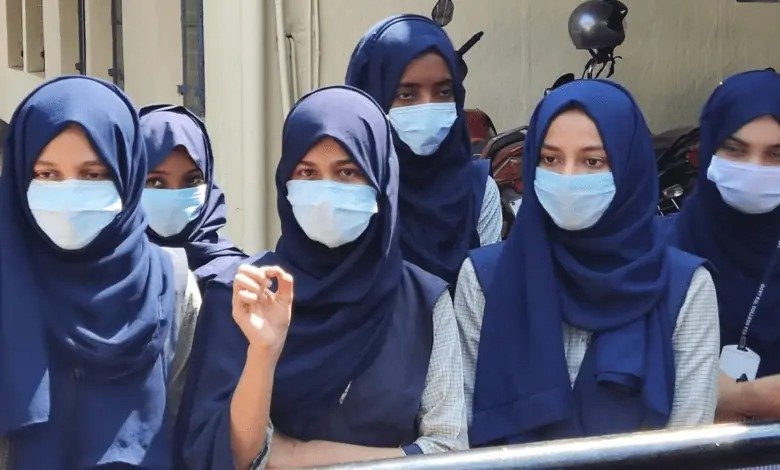Udupi has witnessed a storm of communal tensions inside the campuses for the past two years. The place which had been known for its cuisines, delicacies, culture and tourism is now apparently famous for the ‘Hijab row’.
It is said that campuses are a reflection of the society. Maybe it’s true. The rising communal tensions among the youth in the city, which weren’t outrightly visible, reached its peak with the hijab controversy. Two years have passed since the hijab controversy, and the tension appears to have ebbed. The ‘tension curve’ witnesses a sharp decline to normalcy. But, one must ask, is everything truly back to normal?
As I write this, I’m reminded of APJ Abdul Kalam’s Preface toIgnited Minds, where he expressed hope for a united, vibrant young India which would achieve the status of a developed country by 2020. But the very same year, 2020 saw an outbreak of communal tensions among the Indian youth. It was disheartening to witness two good friends having been influenced by external forcesturn against each other. It was painful to see the youth sparking with hatred. It was melancholic to see the campuses show this dark reflection of the society.
Why am I writing this now? As a lecturer by profession, I have been invited for a couple of guest lectures in and around the city. As I walked into the reputed colleges, I observed a stark decline in the presence of Muslim girls. On the first day of this academic year, I asked everyone to introduce themselves. There was just one Muslim girl amidst the strength of 250+ students.
The other day, I visited a prominent college to conduct a workshop. As I was sitting in the principal’s chamber, a girl donning Burqa and Niqab walked in, enquiring about some examination details. The principal responded very positively and vibrantly. That same girl was attending the workshop in hijab. She was asked to remove it. She was uncomfortable and unhappy, but she obliged.
The Siasat Daily reports that post-Hijab ban, there is a 50% drop in Muslim admissions in government PUCs. Recently, I was having a conversation with one of the community leaders. He reiterated the statement made by one of the Muslim girls in a gathering of community leaders of Udupi. She had boldly questioned, “You are all the community leaders. So many of you. Can’t you all join hands together and give us one good institution for higher studies? Do we have to struggle so much in order to practice the basic tenets of our religion?”
Many of the Muslim girls dropped out of their colleges due to Hijab restriction. Few of the girls joined Muslim institutions in and around the locality and others are still navigating their way forward. It is with struggles and sacrifices that Muslim girls are given an opportunity to pursue their higher education. They’ve come a long way to reach this stage. And now, their efforts are evaporating into nothingness.
Outwardly, things seem returning to normalcy. But it has left a void. This void must be filled through our collective efforts. The Muslim community should consolidate, strengthen and invest in higher education institutions. Public institutions should revisit the true idea of India and embrace India’s cultural diversity. Each and every youngster should strive to bridge the boundaries of divisiveness, appreciate the cultural diversities and create a positive impact on their sphere of influence in the society. Let’s strive to unfurl the banner of peace amidst the turbulent waves of hatred.


